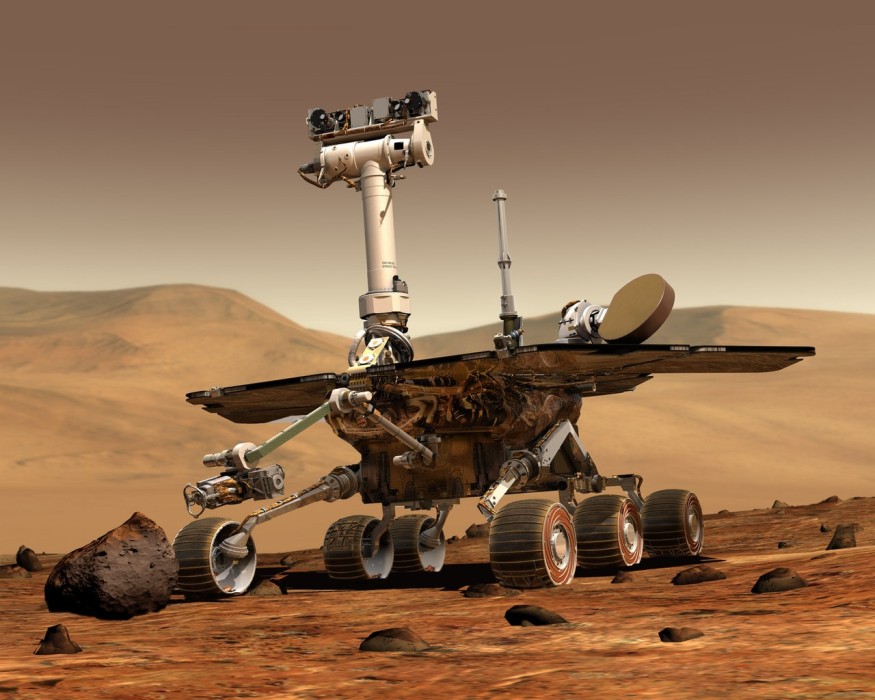Centuries after Galileo first made observations of Mars, the planet seemed for most, a dark, dusty, and dead planet.

Over the past 50 years, numerous spacecraft have been sent to observe Mars up close, revealing that the Red Planet is active and is wracked by continuous geological activity and riddled with subsurface canals.
Red Planet's Continuous Changes
One evidence of this activity is the fact that the Martian landscape regularly has natural disasters like landslides.
For as long as we know, these landslides have occurred on Mars but scientists have been unable to determine the cause.
However, a new study published in the journal Science Advances may just have uncovered the reason behind the Earth-like behavior that happens on Mars. The cause may be lurking beneath the Red Planet's surface.
According to the study, the expansion and collapse of cryosalt in the Martian subsurface is the trigger behind the infamous landslides. The findings will have huge implications for future manned exploration missions on Mars.
Mars Landslide Background
In September 2018 NASA's Mars Reconnaissance Orbiter was able to catch a glimpse of what appeared to be a recent landslide in a creator near the Nili Fossae region of the Red Planet.
The landslides were formed by huge amounts of rock and soil moving downhill at speeds of up to 360 kilometers per hour, extending over tens of kilometers. Scientists, however, are unsure as to what had caused the landslides to form.
Martian Landslides
Janice Bishop, lead author and senior research scientist at the SETI Institute, was analyzing chemical processes beneath the Antarctic ice when she noticed similarities with the Red Planet.
Bishop says in an interview with Inverse, "Antarctica is a cold and dry environment like Mars. So we started looking at other analogs as well to try to understand this chemistry."
The team of researchers studied the Dead Sea, Salar de Pajonales, and conducted lab experiments to have further insights on what could cause the changes in the Red Planet's topography.
Through their observations, the team found specific chemical salt interactions with gypsum or underground water that cause disruptions on the surface including collapse and landslides.
Bishop explains, "Chlorine salts are very deliquescent, they absorb a lot of water so they become liquid. If you leave your salt shaker out, it absorbs water and becomes sticky."
Similarly, the chlorine salt and sulfate found on the icy underground water beneath the Martian surface creates unstable disturbances in the above-ground surface.
The same process is thought to have caused landslides on Earth millions of years ago. The difference, our planet is mostly covered by oceans and plants that prevent us from observing leftover markings by earlier processes of the planet.
Check out more news and information on Life on Mars on Science Times.











